The Complete Guide to Growing French Lavender
Discover how to successfully grow and care for this resilient Mediterranean shrub in your garden
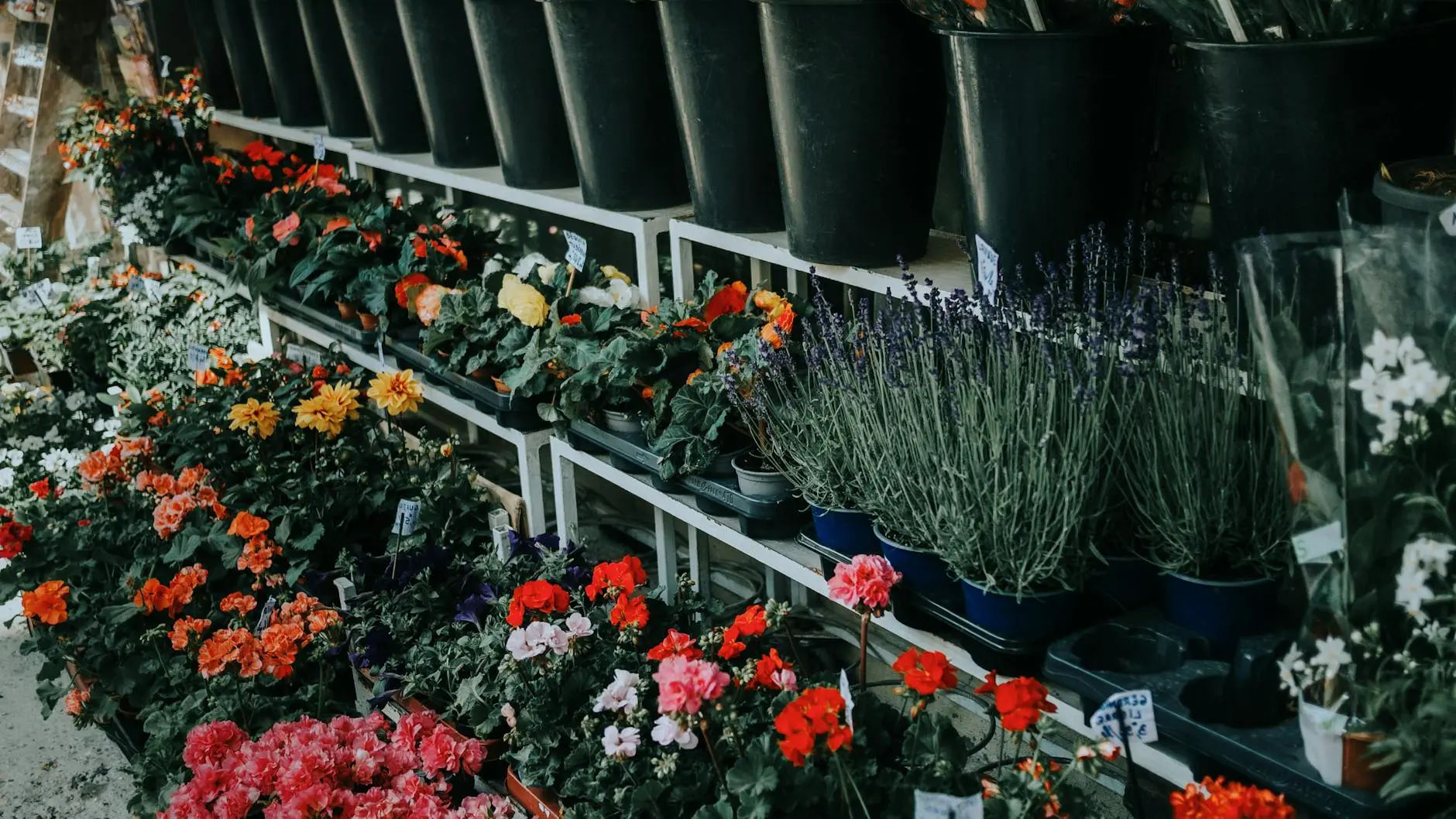
Growing & Caring for French Lavender
French lavender (Lavandula dentata) is cherished by gardeners for far more than its delightful fragrance and charming purple blooms. This Mediterranean native stands apart from other lavender varieties with its distinctive serrated foliage that appears as though it has been meticulously trimmed with tiny pinking shears. Gardening enthusiasts particularly value its impressive blooming period, with flowers persisting from early summer well into fall, creating months of continuous color.
Also known as fringed lavender or toothed lavender, this resilient garden shrub thrives in hot, dry conditions, making it perfect for water-wise gardens. Its mounded growth habit forms a dense, rounded shrub that can reach 3-5 feet in height and 3-4 feet in width, offering versatility as a fragrant, low-growing hedge or as a standout specimen plant.
Basics of French Lavender
Botanical Classification
French lavender belongs to the botanical species Lavandula dentata and its hybrids. It’s worth noting that French lavender was previously categorized as a sub-type of Spanish lavender (Lavandula stoechas) but is now recognized as a distinct species. When purchasing plants, always check the plant tag to ensure you’re getting genuine L. dentata, as Spanish lavender is sometimes mislabeled as French lavender.
The most commonly grown variety is gray French lavender (Lavandula dentata var. candicans), which features attractive gray foliage and demonstrates greater hardiness than the standard species. This cultivar has a wider growth habit, reaching 3-5 feet across, and provides excellent foliage contrast in the garden.
Growing Zones and Climate
French lavender is typically hardy in USDA zones 8-11, though some varieties can survive in zone 7 with proper protection. Unlike English lavender, which can tolerate colder temperatures, French lavender is more sensitive to frost and cold winters. It performs exceptionally well in Mediterranean-type climates with hot, dry summers and mild, wet winters.
As a native of coastal Mediterranean regions, French lavender differs from true lavender (English lavender), which naturally thrives in mountainous areas up to 1,600 meters in elevation. This coastal heritage makes French lavender especially well-adapted to warm locations, though it can only tolerate winter temperatures down to about 20°F.
Planting French Lavender
Selecting the Perfect Location
French lavender demands a full sun location to thrive and produce abundant blooms. Choose a spot that receives at least six to eight hours of direct sunlight daily. In hotter climates, a location that offers some afternoon shade can help protect the plants during the most intense heat of summer.
Good air circulation is also crucial for preventing fungal issues, especially in more humid regions. Avoid planting French lavender in enclosed areas with poor airflow or in spots where it will be crowded by other plants as it matures.
Soil Requirements
Unlike English lavender, which prefers calcareous soils, French lavender thrives in slightly sandy soil with excellent drainage. The soil should be as permeable as possible to prevent waterlogging, which is the primary enemy of all lavender plants. If your natural soil is heavy clay or tends to retain moisture, consider creating raised beds or amending the soil extensively with coarse sand and fine gravel.
French lavender performs best in soil with a neutral to slightly alkaline pH, though it’s generally more adaptable to different soil conditions than other lavender species. The key factor is drainage—roots should never sit in soggy soil.
Growing from Seed
Starting French lavender from seed requires patience and specific conditions. For best results, collect and sow seeds in fall:
- Fill small pots with well-draining potting soil
- Sprinkle seeds on the surface and cover lightly with soil
- Overwinter the pots in a cool place such as a greenhouse, or place in a refrigerator for a few weeks to stimulate germination
- Maintain light moisture but avoid covering with plastic, which retains too much humidity
- Expect germination in approximately one month
- If germination rates are low, return the trays to the refrigerator for another two weeks
- Transplant seedlings to individual pots when large enough to handle
- Move to the garden in spring after all danger of frost has passed
Caring for French Lavender
Watering Needs
Once established, French lavender is remarkably drought-tolerant and requires minimal watering. During the first growing season, water newly planted lavender regularly to help develop a strong root system. After establishment, reduce watering to once every two to three weeks during dry periods.
Overwatering is far more damaging than underwatering for French lavender. Always allow the soil to dry out between waterings, and never leave the plant sitting in wet conditions. Water at the base of the plant rather than overhead to keep the foliage dry and reduce the risk of fungal diseases.
Fertilization
French lavender thrives with very few nutrients, and excessive fertilization can actually harm the plant. Too much fertilizer often results in leggy growth, yellowed foliage, and reduced flowering. In most garden settings, French lavender requires no supplemental fertilization at all.
If your soil is particularly poor, a light application of balanced, slow-release fertilizer in early spring may be beneficial. For potted plants that don’t have access to nutrients in the ground, apply a very diluted liquid fertilizer once or twice during the growing season, but always err on the side of too little rather than too much.
Pruning Techniques
Regular pruning is essential to keep French lavender looking its best and to encourage vigorous growth and abundant flowering. While the plant can potentially live for many years, it performs best for 3-4 years before requiring hard pruning to rejuvenate it.
After flowering, trim back the spent flower stalks and about one-third of the current year’s growth. This light pruning helps maintain the plant’s shape and can stimulate additional blooming later in the season. Avoid cutting into old wood, as French lavender may not readily sprout new growth from woody stems.
In early spring, before new growth begins, perform a more substantial pruning to shape the plant and remove any winter-damaged branches. This annual maintenance prevents the plant from becoming woody and leggy over time.
Container Growing
French lavender adapts wonderfully to container culture, making it accessible even to gardeners without suitable garden space. When grown in pots, French lavender can thrive indoors with at least four hours of direct sunlight daily, ideally from a south-facing window.
Choosing the Right Container
Terracotta pots are ideal for growing French lavender since the porous material wicks away moisture and helps maintain the drier soil conditions that lavender prefers. Whatever container you choose, ensure it has ample drainage holes to prevent water accumulation.
Start with a pot that’s slightly larger than the root ball, then repot yearly to accommodate new growth. Most French lavender plants will ultimately require a container about 12 inches in diameter. Larger containers also provide better insulation for the root system during temperature fluctuations.
Potting Mix
Commercial potting soil is typically too water-retentive for French lavender. Create a custom mix by combining regular potting soil with coarse sand in a 4:1 ratio. This mixture provides the excellent drainage that lavender requires while still retaining enough moisture and nutrients to support healthy growth.
Avoid potting mixes that contain moisture-retaining crystals or high percentages of peat moss, as these can keep the soil too wet. A layer of fine gravel at the bottom of the pot can further improve drainage.
Indoor Care
In regions with cold winters (zones 7 and below), potted French lavender should be brought indoors before temperatures drop below freezing. Place the container in a bright location that receives direct sunlight for several hours each day. Reduce watering significantly during winter, allowing the soil to dry thoroughly between light waterings.
Indoor heating can create overly dry air, which may stress the plant. Consider placing the pot on a tray of pebbles with water (ensuring the pot doesn’t sit directly in water) to increase ambient humidity. Good air circulation also helps prevent pest problems that can arise when growing lavender indoors.
Landscape Uses
French lavender’s attractive growth habit and extended blooming period make it a versatile addition to various garden designs. Its natural mounding form creates a cohesive look when planted en masse, while individual specimens can serve as aromatic focal points.
Mediterranean Gardens
French lavender is the most vigorous and adaptable lavender species for Mediterranean-style gardens, particularly in warmer regions. Pair it with other drought-tolerant plants such as rosemary, sage, thyme, and ornamental grasses to create a cohesive water-wise landscape that thrives with minimal irrigation.
Hedges and Borders
The dense growth habit of French lavender makes it excellent for creating low, informal hedges along walkways or to define garden areas. Plant specimens approximately 2-3 feet apart to form a continuous hedge as they mature. Regular pruning will maintain a neat, defined shape and encourage dense growth.
French lavender also performs beautifully as a clipped hedge, with the gray-leaved variety (L. dentata var. candicans) being particularly effective for this purpose. The silver-gray foliage provides striking contrast against darker green plants in mixed borders.
Pollinator Gardens
With its long blooming period from late winter into early spring and intermittently through summer and fall, French lavender offers valuable nectar for bees, butterflies, and other beneficial insects. The purple-blue flower spikes attract pollinators from considerable distances, making it an excellent addition to wildlife-friendly gardens.
Winter Protection
While French lavender is more tender than English lavender varieties, proper winter protection can help it survive in marginally cold zones. In zones 7-8, apply a thick mulch of gravel or sand around the base of the plant in late fall. Unlike organic mulches, these materials protect the crown without retaining excessive moisture that could lead to rot.
Container-grown plants should be moved to a protected location such as an unheated garage or cool basement that maintains temperatures above freezing. Alternatively, cluster pots together against a south-facing wall and wrap them with burlap or frost cloth during cold snaps.
In colder regions (zones 6 and below), French lavender is best treated as an annual or overwintered indoors as a potted specimen.
Common Problems and Solutions
Pests and Diseases
French lavender is relatively pest-resistant, but it can occasionally suffer from aphids, whiteflies, or spittlebugs. A strong spray of water or insecticidal soap typically resolves these issues. The primary diseases affecting French lavender are root rot and fungal infections, both primarily caused by excessive moisture.
Prevention is the best approach: ensure excellent drainage, avoid overhead watering, and maintain good air circulation around plants. If signs of fungal disease appear, remove affected portions immediately and reduce watering frequency.
Growth Issues
Leggy growth with sparse foliage typically indicates insufficient sunlight or excessive fertilization. Move container plants to a sunnier location or prune surrounding vegetation that may be shading garden specimens. Yellow leaves often signal overwatering, while brown, crispy foliage may indicate underwatering or sunburn on newly planted lavender.
Frequently Asked Questions
Q: How is French lavender different from English lavender?
A: French lavender (Lavandula dentata) features distinctive toothed or serrated leaves and is less cold-hardy than English lavender (Lavandula angustifolia). While English lavender is preferred for culinary uses due to its sweeter fragrance, French lavender offers a longer blooming period and greater heat tolerance.
Q: Can I use French lavender in cooking?
A: While French lavender is edible, its stronger, more camphor-like scent makes it less desirable for culinary purposes than English lavender. It can be used in small amounts for flavoring, but is generally better suited for decorative and aromatic applications.
Q: How often should I water potted French lavender?
A: Allow the top inch of soil to dry completely between waterings. Typically, this means watering once every 1-2 weeks during the growing season and reducing to once every 3-4 weeks during winter dormancy. Always check soil moisture before watering.
Q: Why isn’t my French lavender flowering?
A: Insufficient sunlight is the most common reason for poor flowering. French lavender requires at least 6-8 hours of direct sun daily. Other causes include overwatering, excessive fertilization, or lack of pruning. Regular light pruning after flowering encourages repeated blooming.
Q: How long does French lavender live?
A: With proper care, French lavender typically performs well for 4-5 years before becoming woody and less productive. Regular pruning can extend its attractive lifespan, but eventually, plants may need replacement to maintain vigorous growth and abundant flowering.
References
- https://www.gardendesign.com/plants/french-lavender.html
- https://www.thespruce.com/french-lavender-growing-guide-5194430
- https://plantura.garden/uk/flowers-perennials/lavender/french-lavender
- https://mountainvalleygrowers.com/organic-plants/lavandula-dentata-french-lavender/
- https://waterwisegardenplanner.org/plants/lavandula-dentata/
Read full bio of medha deb



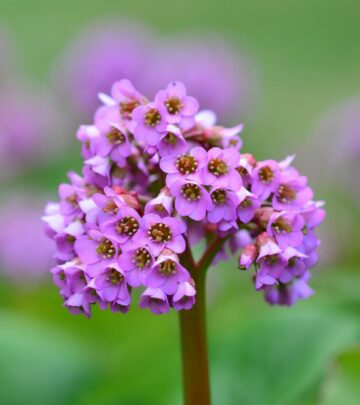
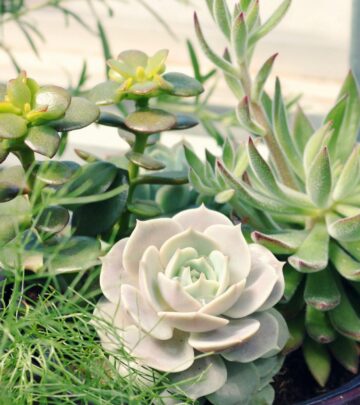


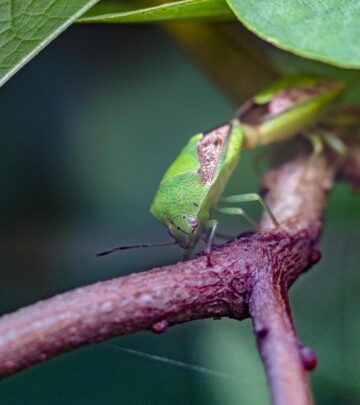

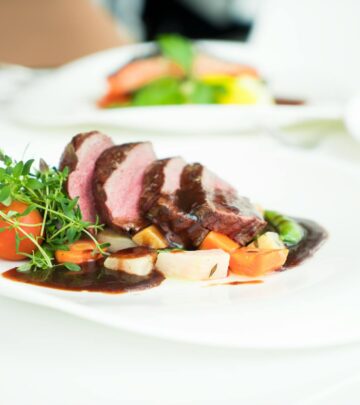





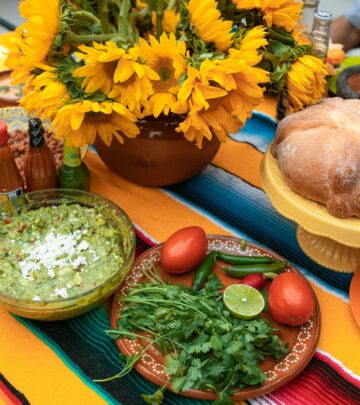

Community Experiences
Join the conversation and become a part of our empowering community! Share your stories, experiences, and insights to connect with other beauty, lifestyle, and health enthusiasts.